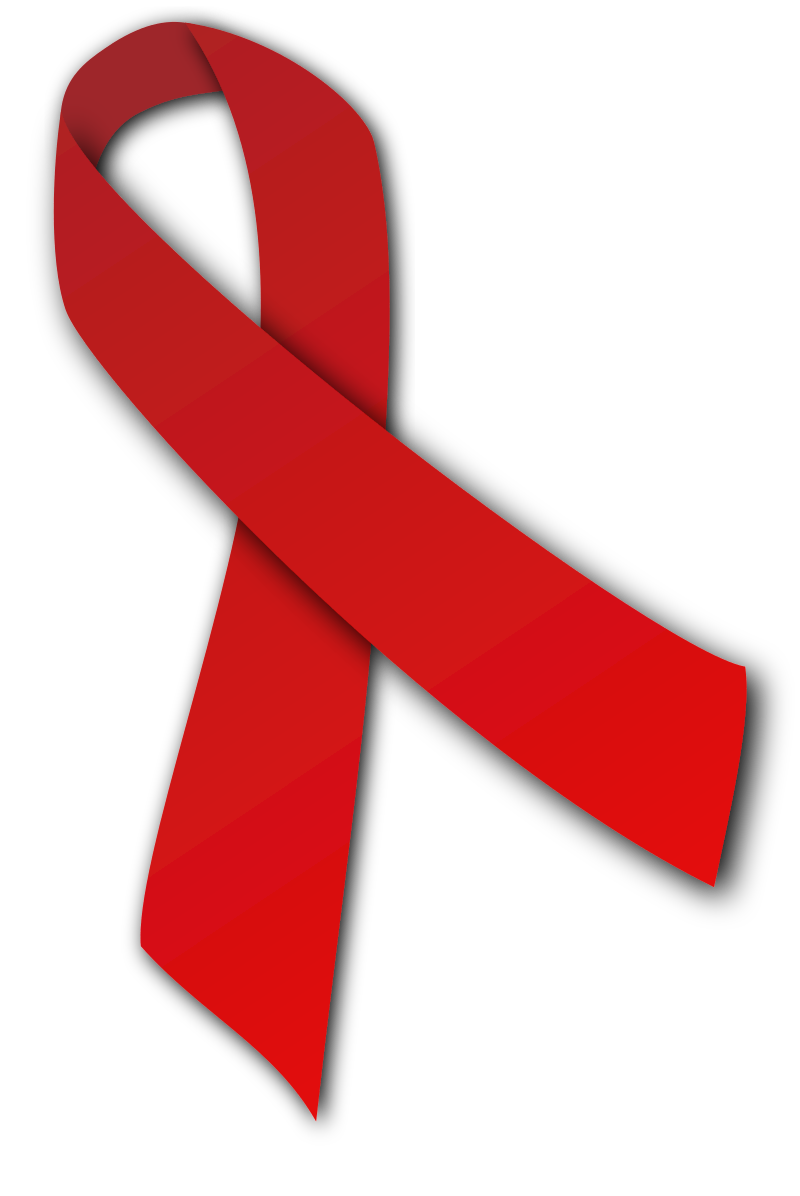On June 5, 1981, the CDC published a report in the Morbidity and Mortality Weekly Report (MMWR), detailing five males who were identified as having a rare lung infection. The men were considered healthy prior to their diagnoses, and two of them died shortly after being diagnosed with Pneumocystis carinii pneumonia. These five individuals from Los Angeles, California, became the first recorded cases of what we now recognize as HIV/AIDS.
Following the initial report, over 300 people were diagnosed with a virus characterized by a “suppressed immune system” in 1981, yet it received little media attention at the time. However, as the virus continued to spread in the early 1980s, public awareness began to grow. By 1982, the CDC had officially adopted the name “AIDS” to describe those infected, while the term “gay pneumonia” began to circulate informally. It wasn’t until mid-1983 that the public became aware of the widespread nature of AIDS, thanks to a front-page article published by the New York Times.
The seriousness of the epidemic continued to increase in the mid-1980s. By 1985, there was an 89% rise in confirmed cases of AIDS, with more people diagnosed that year than in the combined years of 1981 to 1984. A lack of awareness regarding the transmission of the virus, along with significant stigma surrounding the diagnosis, led to widespread public panic, which greatly hindered efforts to control its spread. Furthermore, there was no known effective treatment at the time, and the mortality rate was extremely high.
In 1987, the FDA approved the first antiviral drug, known as AZT. This decision marked a significant milestone in the fight against HIV/AIDS, as AZT effectively slowed the progression of HIV to full-blown AIDS and reduced the mortality rate among those infected. Over the years, additional treatments have been developed to manage the disease and help keep those infected stable. Today, HIV/AIDS is considered manageable if treated appropriately, although new cases continue to emerge. In 2023, 39,000 individuals were diagnosed with HIV in the United States. The CDC notes that several risk factors contribute to this significant number, including a lack of awareness, persistent stigma, and the use of injection for recreational drug use.

